All about the playground lawn
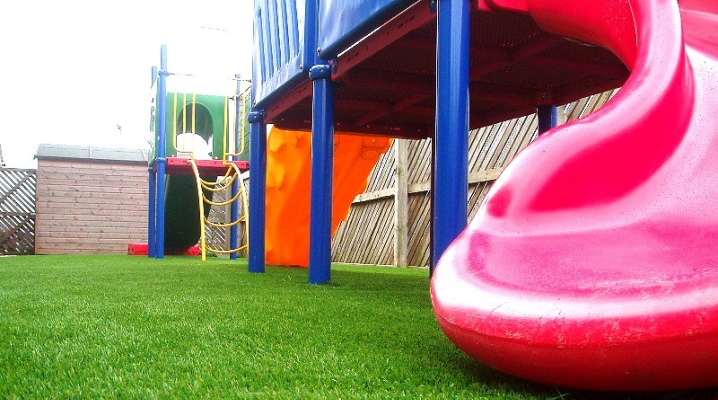
When arranging a playground for children, it is necessary to take into account not only its functionality and practicality, but also the safety of the coating. The guys play outdoor games, run, jump, and often such activity ends in falls. That is why it is extremely important to choose the right flooring.
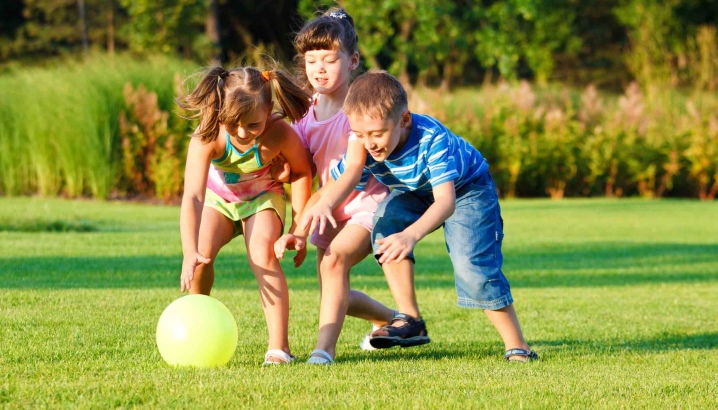
Characteristic
Psychologists have proven that active play is the basis of children's development, not only in physical aspects, but also in mental and social ones. All the guys like to play catch-up, slide down a hill and take off on a swing "to heaven." Before proceeding with the arrangement of the play area, you must carefully consider all the details and take into account the basic requirements:
- safety of stay;
- practicality of zoning;
- aesthetic appeal of the site.
Based on these criteria, the task of choosing the coverage of the playground comes to the fore.
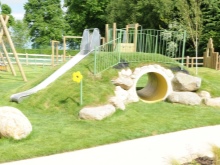

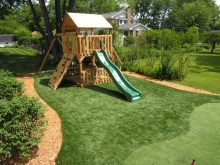
Types of coatings
The organizers of children's play areas often face the question of which surface is better - artificial or natural. Natural coverage is optimal when it comes to a small area in the country or near the house.
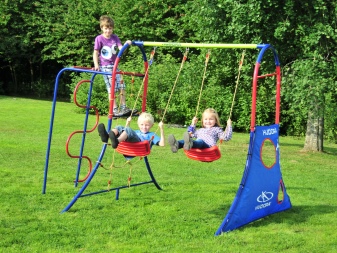
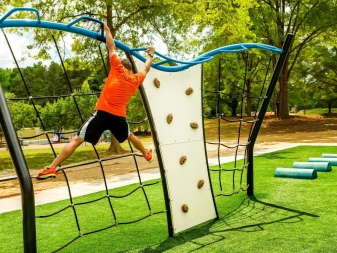
The pluses of a natural lawn include:
- a well-chosen herbal mixture takes root well both in sunny and shaded areas;
- the material is environmentally friendly;
- falling on the grass reduces the risk of injury and damage to the skin;
- Lawn grass contains slow-growing crops, so children do not get confused in stems, leaves and roots.
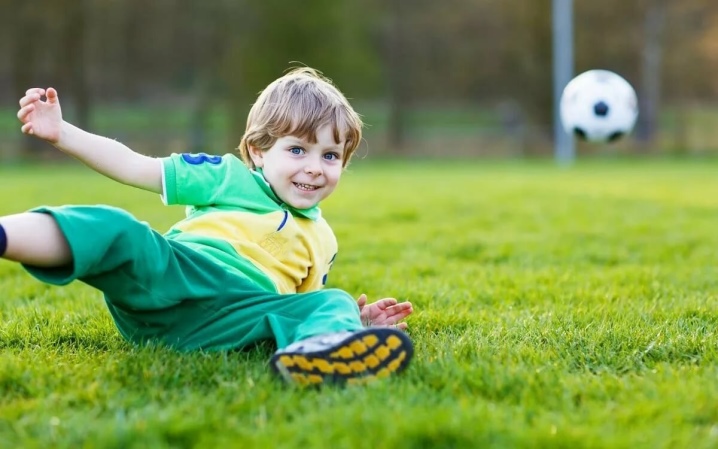
However, in public areas with a high intensity of use, the grass is quickly trampled, wears out and loses its decorative appearance. She needs constant care - a haircut at least once a week, feeding and weeding. In addition, the lawn requires frequent watering, and wet grass not only creates discomfort when driving on it, but also becomes slippery. From time to time, bald spots appear on the sowing lawns, and they have to be sown again.
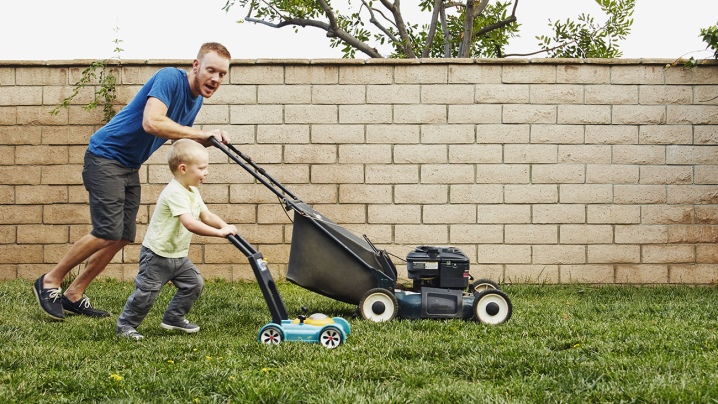
Alternatively, some use bulk materials such as shredded bark or gravel. This is not the best solution. These materials are not safe for young children as there is a risk of being swallowed. In addition, the coating requires labor-intensive cleaning of debris and regular renewal of the backfill level.
The natural lawn is home to beetles, worms and slugs. The plants it contains can cause an allergic reaction, and if dropped, the grass leaves indelible stains on clothes.
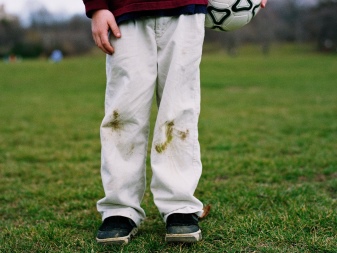
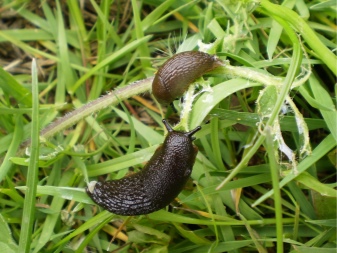
That is why it is better to lay artificial grass in the play areas. Such a design will cost more than a natural sowing or rolled lawn, but its benefits outweigh:
- during operation, the lawn does not lose its shape;
- maintains technical characteristics at temperatures from -30 to +50 degrees;
- does not fade or melt under the influence of UV rays;
- characterized by resistance to moisture;
- does not create puddles on the surface;
- resistant to mechanical stress and trampling;
- the lawn is not toxic;
- has shock-absorbing and anti-slip characteristics, which is especially important on a playground;
- the service life of such a lawn is 15-20 years, and most manufacturing firms give a 3-5 year warranty.
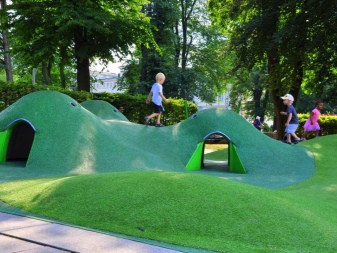

Synthetic turf does not require watering, feeding, weeding and mowing. All that the owners of the site need is to wash the coating with water under pressure from time to time, dry the base and monitor the volume of the filler. It retains its aesthetic appearance throughout the year. In addition, the artificial turf is pleasant to the touch, it is comfortable to walk on it barefoot, and thanks to a wide shade palette, you can choose a coating for any style of the site.
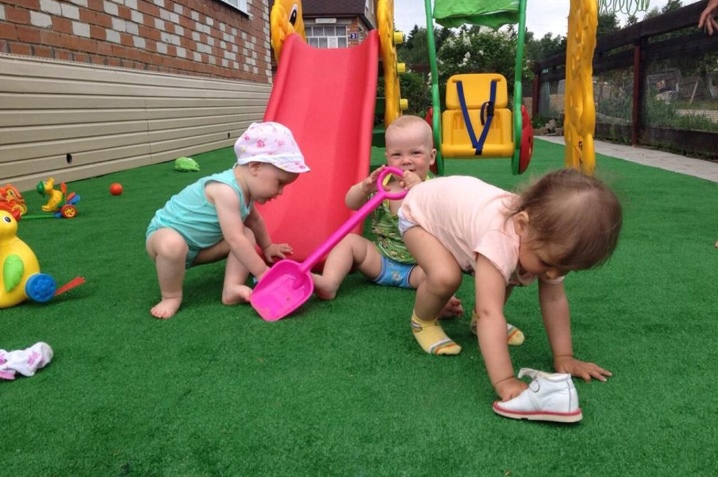
However, it was not without its drawbacks:
- if you fall on the grass made of polymeric materials, you can severely tear off the skin, this phenomenon is called "artificial burn";
- the lawn requires regular disinfection so that children's injuries do not lead to serious consequences.
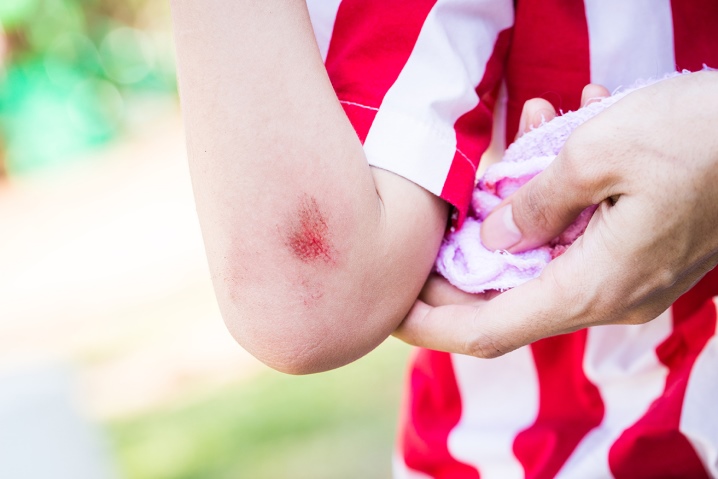
How to choose?
When setting up a playground, it is important that the surface meets the following criteria:
- was firm, resilient and safe;
- did not melt under the rays of the sun and did not ignite;
- did not slip when wet;
- tolerated any temperature jumps;
- absorbed water well;
- was durable.
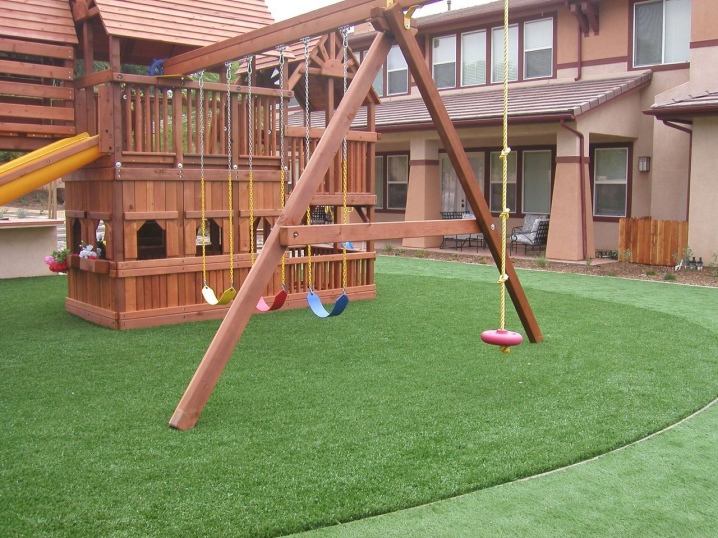
In this regard, synthetic grass wins. The best solution would be polyethylene fibers on a rubber base. The only problem with its operation is its high pile, which can make it difficult for young children to move around. That is why, when choosing an artificial turf, it is important to pay special attention to the height of the villi and the frequency of their location.
For children's playgrounds, it is better to give preference to grass with a height of 15-25 mm. It is desirable that the threads are thin and soft, and the bundles are rarely located - in this case, the kids will not get confused and stumbled.

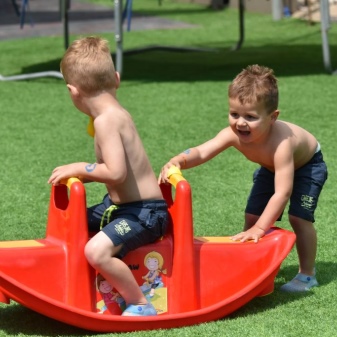
If you adhere to the principles of naturalness and have firmly decided to plant a natural lawn on the playground, then preference should be given to unpretentious crops. The optimal solution will be the Sportivnaya grass mixture. Such a lawn tolerates trampling well, it is not afraid of scorching sun rays and a slight drought. Sports lawns are prone to self-healing and can be cut very short to maintain their fresh look.

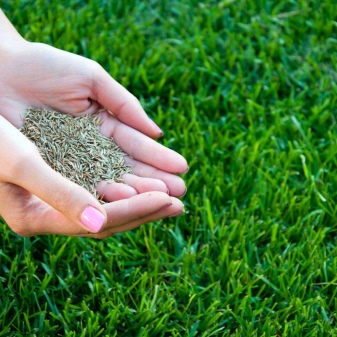
How to do it?
The technology of laying a lawn in a children's area is simple. Before planting grass on the playground, you need to prepare the territory in advance. To do this, it is cleaned of debris, dug up, leveled and compacted with a roller or board.
When laying out artificial flooring, you need to lay several layers of substrate. To prevent artificial fibers from rotting from snow and rain, you must first carry out a drainage system - dig gutters around the site.

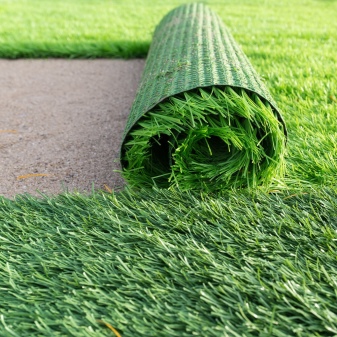
When laying synthetic turf with your own hands, you need to keep in mind that the spread artificial turf should lie down for about 10-15 hours. It is important that its villi rise and become upright. Places of contact with curbs and joints are glued with assembly glue.
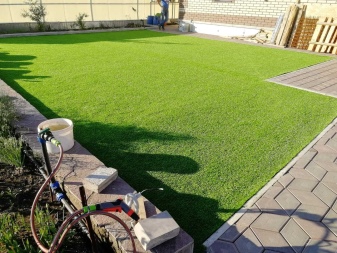
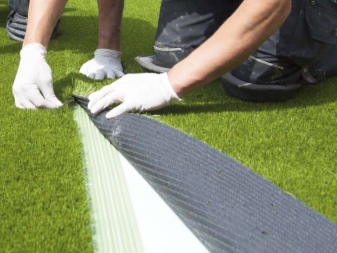
Despite all the charms of natural greenery, grass flooring should be left for decorating local areas and flower beds. It is better to lay an artificial turf on the playground. It looks good, reduces injury from falls and is easy to use. A wide range of colors allows you to choose a floor design that will match the overall design of the playing area. You can only rely on your taste and enjoy the result - child safety combined with a presentable appearance of the lawn.
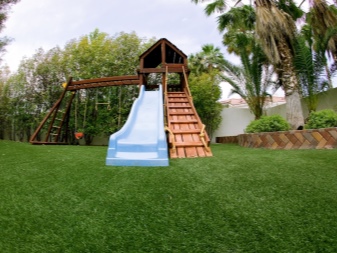

For artificial turf for a playground, see the next video.



































































I live in a private house. When the child appeared, we thought for a long time how to make the territory of the house more comfortable for walking. And they came to the conclusion that there is nothing better than artificial grass. Now the child is happy to sit and play, but at the same time the grass does not trample, it looks beautiful and neat. Does not require additional care and any unnecessary actions.
The comment was sent successfully.